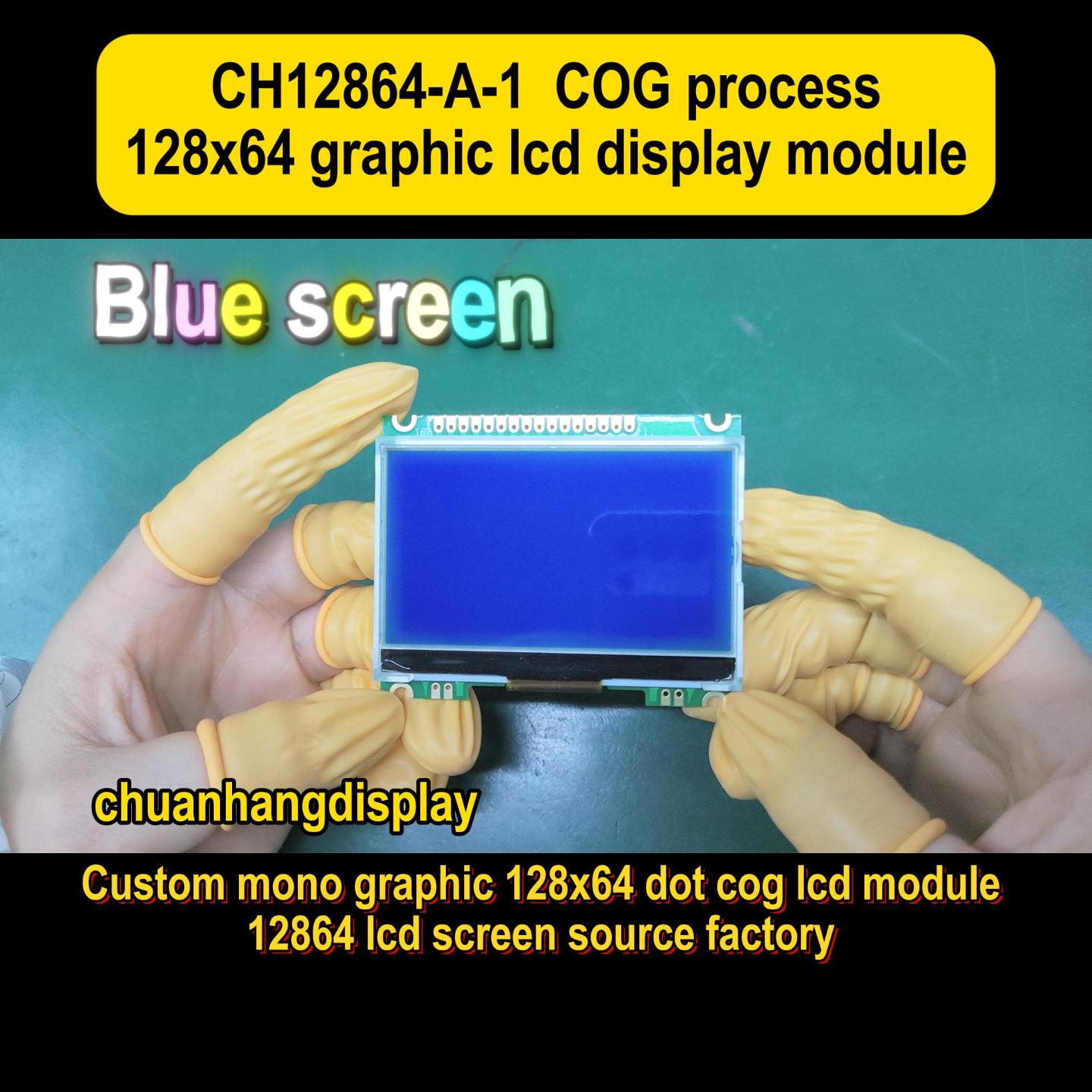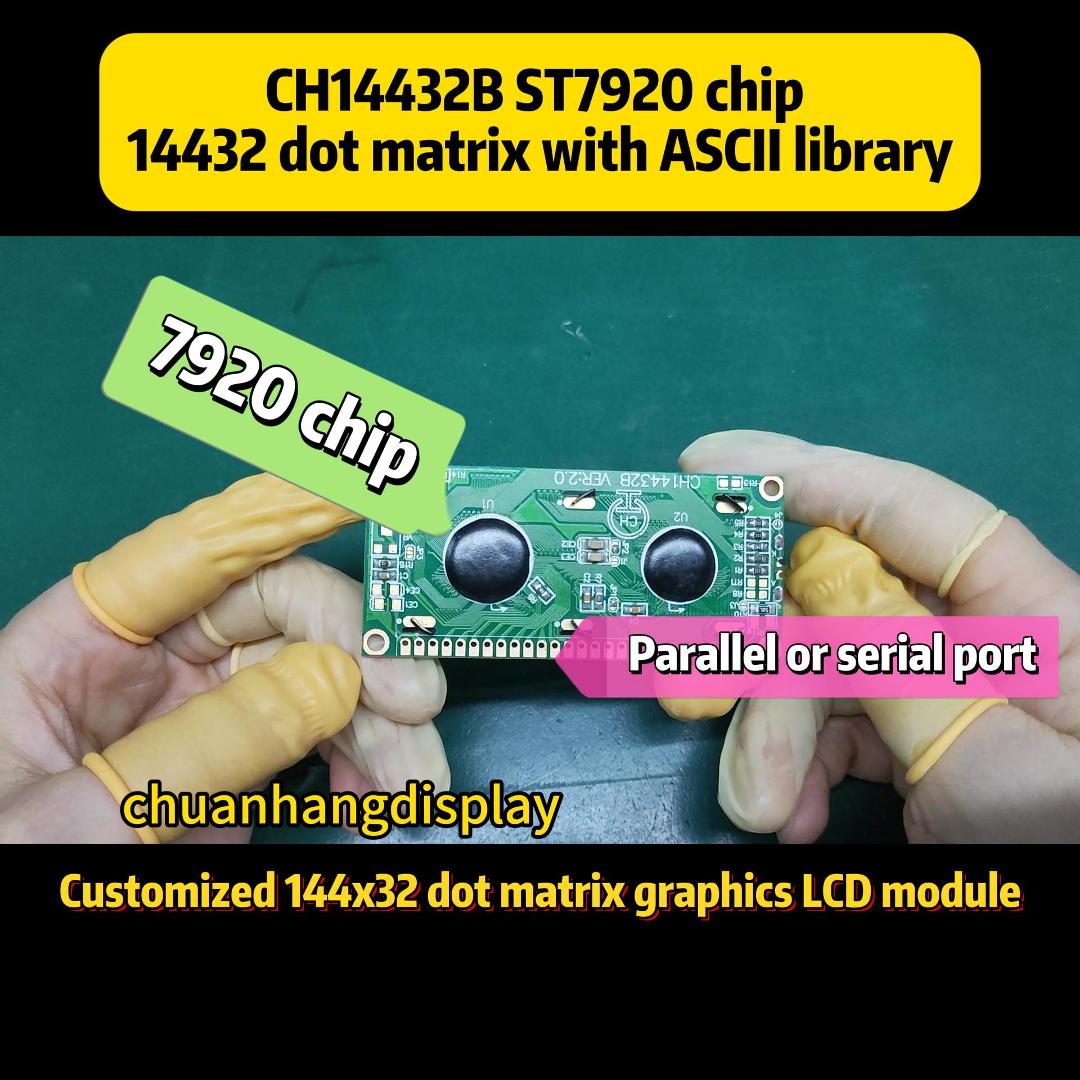In the world of engineering and technology, efficient thermal management is crucial for the performance and longevity of various systems. One key player in this field is SINDA, a powerful tool that has revolutionized how engineers handle heat transfer analysis. Whether you're working on aerospace projects, electronics, or display technologies, understanding SINDA can significantly enhance your design processes. This article explores five critical aspects of SINDA, providing a comprehensive overview that caters to both beginners and seasoned professionals. We'll also touch on how SINDA integrates with brands like Chuanhang Display to deliver cutting-edge solutions. By the end, you'll have a solid grasp of why SINDA is a go-to resource in thermal engineering.

SINDA, which stands for "Systems Improved Numerical Differencing Analyzer," is a widely used software for thermal analysis and heat transfer simulations. Developed initially by NASA, SINDA has evolved into a robust platform that enables engineers to model complex thermal behaviors in systems ranging from satellites to consumer electronics. At its core, SINDA employs finite difference methods to solve heat balance equations, allowing users to predict temperatures, heat flows, and other critical parameters under various conditions. This capability is essential for preventing overheating, optimizing energy efficiency, and ensuring compliance with safety standards. Over the years, SINDA has been adopted across industries, including automotive, defense, and telecommunications, making it a versatile tool in the engineer's toolkit. Its flexibility supports both steady-state and transient analyses, accommodating everything from simple components to intricate multi-node networks. By leveraging SINDA, professionals can simulate real-world scenarios, identify potential issues early, and reduce the need for costly physical prototypes.
SINDA boasts a range of features that make it a standout choice for thermal management. First, its modular architecture allows for easy customization and integration with other software, such as CAD tools or computational fluid dynamics (CFD) programs. This interoperability enables seamless workflows, where thermal models can be coupled with mechanical or electrical simulations for a holistic design approach. Second, SINDA supports advanced modeling techniques, including radiation, conduction, and convection heat transfer, ensuring accurate predictions in diverse environments. Users can define complex boundary conditions and material properties, which is vital for applications like electronic cooling or space missions. Third, the software includes user-friendly interfaces and scripting options, catering to both novice users and experts who require fine-tuned control. Additionally, SINDA offers robust post-processing capabilities, generating detailed reports and visualizations that help in decision-making. For instance, when used in display technologies, SINDA can model heat dissipation in screens, preventing issues like image retention or component failure. Brands like Chuanhang Display benefit from these features by incorporating SINDA into their product development cycles, leading to more reliable and efficient displays.
The versatility of SINDA extends to numerous industries, highlighting its importance in modern engineering. In the aerospace sector, SINDA is used to simulate thermal environments for spacecraft and satellites, ensuring they withstand extreme temperatures in orbit. For example, it helps design thermal protection systems that prevent overheating during re-entry. In electronics, SINDA plays a key role in cooling solutions for devices like smartphones and laptops, where compact designs demand efficient heat management. By modeling heat sinks and airflow, engineers can avoid thermal throttling and extend product lifespans. The automotive industry relies on SINDA for battery thermal management in electric vehicles, optimizing performance and safety by preventing overheating in lithium-ion cells. Moreover, in consumer goods, SINDA aids in designing appliances with improved energy efficiency. A notable application involves Chuanhang Display, which uses SINDA to enhance the thermal performance of LED and OLED displays. By integrating SINDA simulations, Chuanhang Display can predict heat buildup in panels, leading to designs that offer brighter images and longer durability. This cross-industry adoption underscores SINDA's adaptability and value in solving real-world thermal challenges.
Adopting SINDA brings several advantages that boost productivity and innovation. One major benefit is cost reduction; by using SINDA for virtual testing, companies can minimize physical prototypes, saving time and resources. This is particularly valuable in industries like display manufacturing, where Chuanhang Display has reported faster time-to-market for new products thanks to SINDA's accurate predictions. Another advantage is improved reliability: SINDA's precise simulations help identify thermal hotspots and failure points early, reducing the risk of product recalls or field issues. This leads to higher customer satisfaction and brand reputation. Additionally, SINDA supports sustainability efforts by enabling energy-efficient designs, such as in green buildings or renewable energy systems. For teams, SINDA fosters collaboration through its compatibility with common engineering tools, allowing multidisciplinary groups to work together seamlessly. The learning curve is manageable, with ample documentation and community support, making it accessible for organizations of all sizes. Overall, SINDA empowers engineers to innovate confidently, knowing their thermal designs are backed by proven analytical methods.

The collaboration between SINDA and Chuanhang Display exemplifies how advanced thermal analysis can drive innovation in the display industry. Chuanhang Display, a leading brand in high-quality screens, incorporates SINDA into its research and development processes to address thermal management challenges unique to display technologies. For instance, in LED and OLED displays, excessive heat can degrade color accuracy and reduce lifespan. By using SINDA, Chuanhang Display engineers model heat generation from backlights and drivers, optimizing layouts to dissipate heat effectively. This integration allows for the creation of thinner, more energy-efficient displays without compromising performance. Moreover, SINDA helps Chuanhang Display comply with international standards for safety and efficiency, giving them a competitive edge in markets like gaming monitors or digital signage. The partnership often involves customizing SINDA models to simulate specific display configurations, resulting in tailored solutions that meet client demands. As a result, Chuanhang Display products are known for their reliability and innovation, with SINDA playing a pivotal role in ensuring thermal stability across various applications, from smartphones to large-scale video walls.
If you're new to SINDA, beginning might seem daunting, but a structured approach can ease the learning process. Start by familiarizing yourself with the basics of heat transfer theory, as this foundation will help you understand SINDA's principles. Next, explore the software's documentation and tutorials, which often include sample projects to practice building thermal models. Many users benefit from online courses or workshops that cover SINDA's interface and key functions. When applying SINDA to real projects, begin with simpler models—like a single component heat analysis—and gradually progress to complex systems. For industries like display technology, consider case studies from brands like Chuanhang Display to see practical implementations. It's also helpful to join user communities or forums where you can ask questions and share insights. Remember, SINDA's flexibility means you can integrate it with tools you already use, such as MATLAB or ANSYS, for enhanced workflows. With consistent practice, you'll soon leverage SINDA to optimize designs, reduce risks, and innovate in your field.
In summary, SINDA is a powerful tool that offers comprehensive thermal analysis capabilities across various industries. From its robust features and wide-ranging applications to its integration with innovators like Chuanhang Display, SINDA proves indispensable for modern engineering challenges. By mastering its aspects, you can unlock new levels of efficiency and reliability in your projects.
Q1: What does SINDA stand for?
A1: SINDA stands for "Systems Improved Numerical Differencing Analyzer." It is a software tool used for thermal analysis and heat transfer simulations in engineering applications.
Q2: How is SINDA used in the display industry?
A2: In the display industry, SINDA helps model heat dissipation in screens, such as LEDs or OLEDs, to prevent issues like overheating and color degradation. Brands like Chuanhang Display use it to optimize thermal management for brighter, more durable displays.
Q3: Can SINDA be integrated with other engineering software?
A3: Yes, SINDA is designed for interoperability and can be integrated with various CAD, CFD, and programming tools, allowing for seamless multi-physics simulations and enhanced workflow efficiency.
Q4: What are the main benefits of using SINDA for thermal analysis?
A4: The main benefits include cost savings by reducing physical prototypes, improved product reliability through accurate simulations, support for energy-efficient designs, and easier collaboration across engineering teams.
Q5: Is SINDA suitable for beginners in thermal engineering?
A5: Absolutely. SINDA offers user-friendly interfaces, extensive documentation, and learning resources, making it accessible for beginners while still providing advanced features for experienced users to tackle complex thermal challenges.